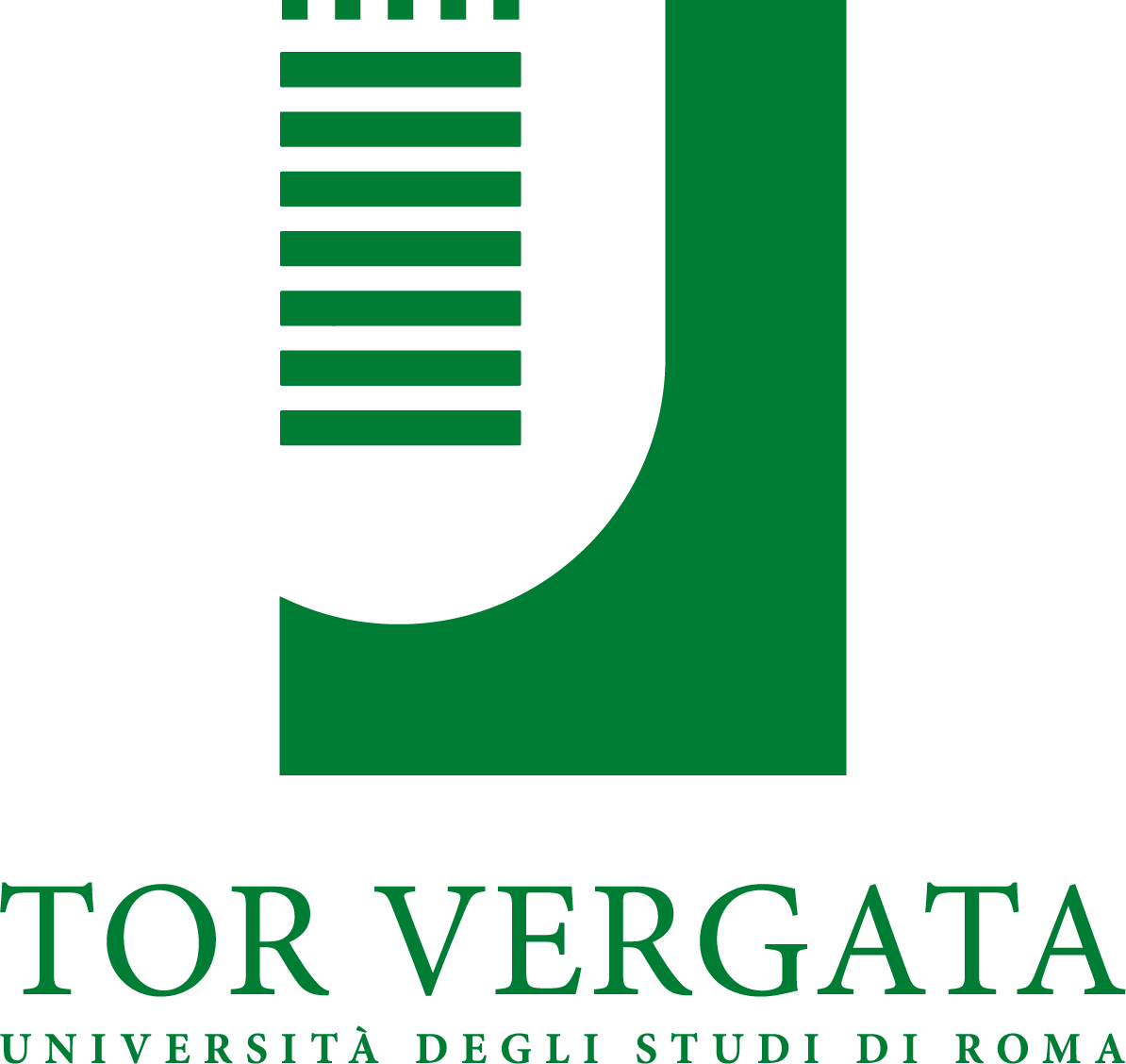:
la repubblica.it, 14/10/2014, a. d'amico
Per la prima volta da staminali di embrione umano ricreata nel "Petri dish" la fase delle placche. L'annuncio su Nature. Le reazioni al congresso dei neurologi italiani: "Progresso enorme". I misteri da sciogliere
Un modello di cervello umano in vitro. "È un progresso impressionante - commenta Carlo Ferrarese, direttore del Centro di neuroscienze di Milano e della clinica neurologica dell'ospedale San Gerardo di Monza, a Cagliari per l'annuale congresso della Società Italiana di Neurologia - avere a disposizione un modello di cervello umano in vitro dove si verificano i due danni che, allo stato delle conoscenze attuali, sono la causa prima della demenza, semplifica, accelera e rende molto più economica la ricerca sui farmaci. [...]
Il "mini-cervello" è stato realizzato da Rudolph Tanzi e Doo Yeo Kim, neuroscienziati del Massachusetts general hospital di Boston. I due sono partiti da cellule staminali di embrioni umani. Doo Yeon Kim ha avuto l'intuizione vincente: far crescere le cellule embrionali non in liquido ma sospese in un gel, dove hanno potuto organizzarsi in una rete di neuroni tridimensionale, come nella corteccia cerebrale. Prima però, con una sofisticata operazione di ingegneria genetica, hanno impiantato alcuni dei geni alterati più presenti nei malati [...]
http://www.repubblica.it/salute/ricerca/2014/10/13/news/svolta_in_ricerca_su_alzheimer_cellule_malate_in_provetta-98004899/
: le scienze.it- 13710/2014
L'impronta del secolare processo di selezione operato dall'uomo, che ha portato a frutti molto più grandi, carnosi e sodi, è impressa nel 14 per cento del genoma del pomodoro. La scoperta arriva dall'analisi genetica di 360 specie e varietà di pomodoro, da cui è inoltre emerso che la domesticazione e il miglioramento della pianta sono avvenuti in due distinte fasi.
I geni del pomodoro su cui è intervenuto il processo di domesticazione e di sviluppo dei tratti oggi comuni in questa pianta sono stati individuati da un gruppo di ricercatori dell'Accademia cinese di scienze agricole di Pechino e del Politecnico di Zurigo che firmano un articolo pubblicato su “Nature Genetics”. [...] http://www.nature.com/ng/journal/vaop/ncurrent/full/ng.3117.html
http://www.lescienze.it/news/2014/10/13/news/genoma_pomodoro_segni_domesticazione_miglioramento-2327533/
le scienze.it- 13710/2014
L'impronta del secolare processo di selezione operato dall'uomo, che ha portato a frutti molto più grandi, carnosi e sodi, è impressa nel 14 per cento del genoma del pomodoro. La scoperta arriva dall'analisi genetica di 360 specie e varietà di pomodoro, da cui è inoltre emerso che la domesticazione e il miglioramento della pianta sono avvenuti in due distinte fasi.
I geni del pomodoro su cui è intervenuto il processo di domesticazione e di sviluppo dei tratti oggi comuni in questa pianta sono stati individuati da un gruppo di ricercatori dell'Accademia cinese di scienze agricole di Pechino e del Politecnico di Zurigo che firmano un articolo pubblicato su “Nature Genetics”. [...] http://www.nature.com/ng/journal/vaop/ncurrent/full/ng.3117.html
http://www.lescienze.it/news/2014/10/13/news/genoma_pomodoro_segni_domesticazione_miglioramento-2327533/
 le scienze.it- 13710/2014
L'impronta del secolare processo di selezione operato dall'uomo, che ha portato a frutti molto più grandi, carnosi e sodi, è impressa nel 14 per cento del genoma del pomodoro. La scoperta arriva dall'analisi genetica di 360 specie e varietà di pomodoro, da cui è inoltre emerso che la domesticazione e il miglioramento della pianta sono avvenuti in due distinte fasi.
I geni del pomodoro su cui è intervenuto il processo di domesticazione e di sviluppo dei tratti oggi comuni in questa pianta sono stati individuati da un gruppo di ricercatori dell'Accademia cinese di scienze agricole di Pechino e del Politecnico di Zurigo che firmano un articolo pubblicato su “Nature Genetics”. [...] http://www.nature.com/ng/journal/vaop/ncurrent/full/ng.3117.html
http://www.lescienze.it/news/2014/10/13/news/genoma_pomodoro_segni_domesticazione_miglioramento-2327533/
le scienze.it- 13710/2014
L'impronta del secolare processo di selezione operato dall'uomo, che ha portato a frutti molto più grandi, carnosi e sodi, è impressa nel 14 per cento del genoma del pomodoro. La scoperta arriva dall'analisi genetica di 360 specie e varietà di pomodoro, da cui è inoltre emerso che la domesticazione e il miglioramento della pianta sono avvenuti in due distinte fasi.
I geni del pomodoro su cui è intervenuto il processo di domesticazione e di sviluppo dei tratti oggi comuni in questa pianta sono stati individuati da un gruppo di ricercatori dell'Accademia cinese di scienze agricole di Pechino e del Politecnico di Zurigo che firmano un articolo pubblicato su “Nature Genetics”. [...] http://www.nature.com/ng/journal/vaop/ncurrent/full/ng.3117.html
http://www.lescienze.it/news/2014/10/13/news/genoma_pomodoro_segni_domesticazione_miglioramento-2327533/:
la stampa.it - tuttoscienze, 8/10/2014, f. todaro
Il 10 ottobre la giornata per ricordare i rischi legati al sovrappeso
...
’Obesity Day (http://www.obesityday.org/ ), la giornata promossa dall’Associazione Italiana di Dietetica e Nutrizione Clinica in programma per il 10 ottobre prossimo. [...]
negli ultimi anni i fari sono stati puntati soprattutto sui bambini: considerati, se eccessivamente rotondi, potenziali candidati a sviluppare malattie croniche come l’ipertensione e il diabete. Anche in questo caso, sono i numeri a dare l’esatta dimensione dell’emergenza: stando a quelli raccolti dal Ministero della Salute attraverso il progetto Okkio alla Salute (http://www.epicentro.iss.it/okkioallasalute/) , degli oltre quarantaseimila bambini coinvolti nell’indagine, il 22,2% s’è rivelato in sovrappeso e più del 10% perfino obesi: con percentuali più alte nelle regioni del centro-sud. Dati corroborati da quelli più recenti acclusi all’Eu Action Plan on Childhood Obesity 2014-2020 (http://ec.europa.eu/health/nutrition_physical_activity/docs/childhoodobesity_actionplan_2014_2020_en.pdf), in cui è stato certificato il triste primato dei bambini nostrani nella speciale classifica dell’obesità redatta all’interno del vecchio continente, seguiti dai coetanei danesi e francesi.
Spicca dunque l’Italia tra le nazioni più esposte ai rischi correlati all’obesità [...]
http://www.lastampa.it/2014/10/08/scienza/obesity-day-loms-ogni-chili-di-peso-in-eccesso-si-pu-perdere-tra-gli-e-i-anni-di-vita-NZzyyLO3fpEIG71mFgDJlI/pagina.html





Università di Tor Vergata